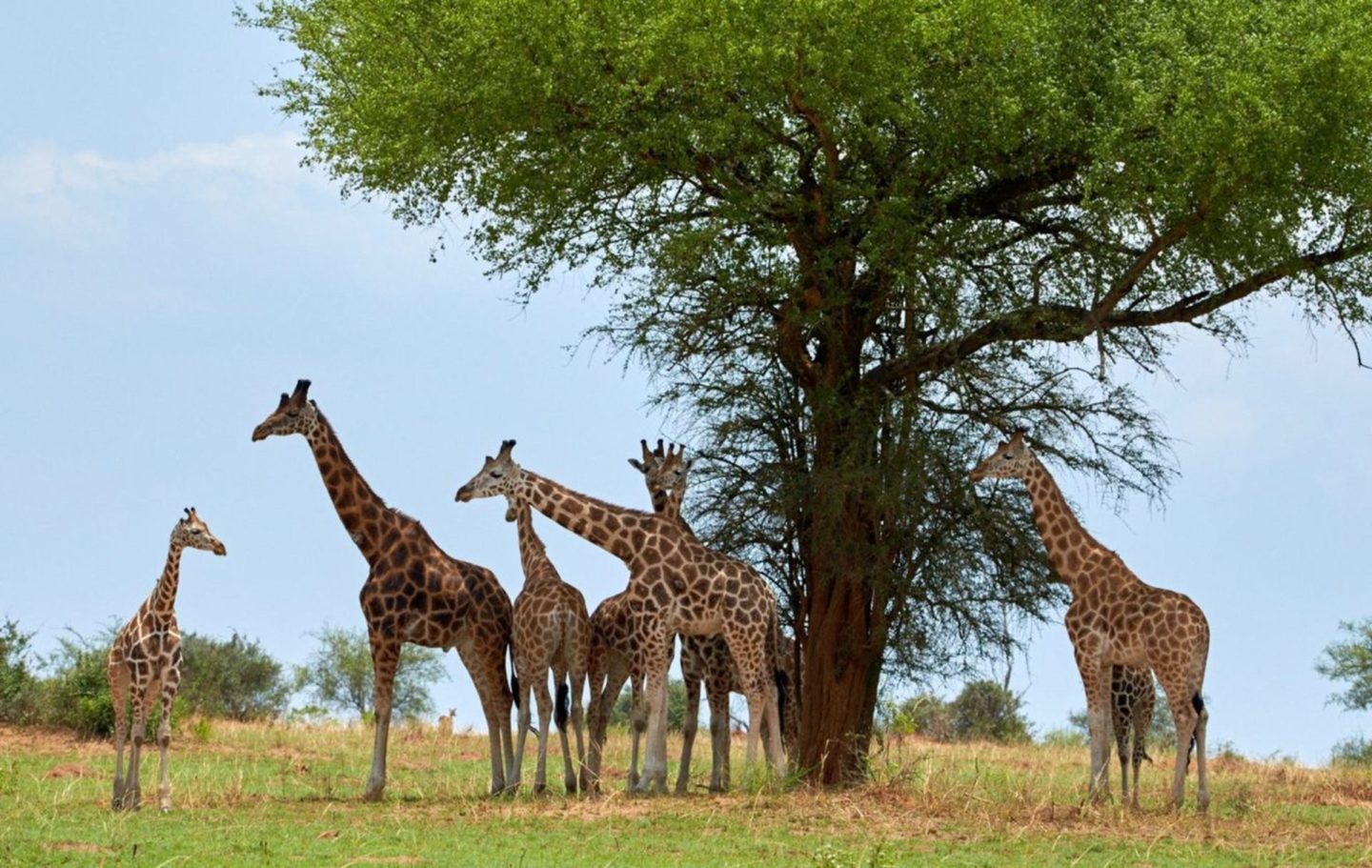
With more than 180 signatory parties, CITES has one of the largest memberships of any conservation treaty, and every two to three years, representatives meet at a Conference of the Parties, or CoP, to evaluate how the convention is being enforced. The treaty regulates trade in more than 35,000 species of plants and animals and includes structures to help sanction those who break the rules and to enforce laws to prevent illegal trade.
THE GOOD NEWS
Tusk is delighted that this year’s conference (CoP18) saw some very positive steps taken to protect African wildlife in particular. These include:
Giraffe
- The Committee accepted that giraffes should be listed under CITES Appendix II. Having never previously been covered by CITES, the notation signifies that any trade in giraffes or their body parts must be stricly regulated and tracked to ensure that it will not jeopardise their survival. Giraffe populations have plummeted due to urbanisation and loss of habitat, but international trade in body parts, including skin, bones, horn, and hooves, have contributed to the drop in numbers. We are now more optimistic for the future of this iconic African animal, but there is still much to do to tackle the other key threats facing this species.
Elephant
- A proposal from Botswana, Namibia and Zimbabwe to enable trade in ivory stockpiles from five Southern African countries was rejected by an overwhelming majority of 81%. Acceptance of the proposal would have undermined recent efforts to close domestic ivory markets, and would have facilitated illegal trade in ivory.
- Zambia’s proposal to enable its elephant population to be exploited for only non-commercial hunting trophies and hides, as well as leather from elephants killed in elephant-human conflict, was also blocked.
- A proposal to tighten the regulations on trade in live African elephants was accepted, effectively introducing a near total ban on the export of wild African elephants to zoos and circuses in countries such as the US and China, except “in exceptional circumstances.”
White Rhino
- As it was at the last conference, Eswatini’s (formerly Swaziland) proposal to alter the listing of their white rhino population – which would have paved the way for a legal sale of their stockpile of 330kg of rhino horn – was overwhelmingly rejected.
- Namibia’s proposal to alter the listing of their white rhino population to allow trade in live animals and hunting trophies was also rejected.
Pangolin
- Range states agreed to do more to protect all pangolin species, as despite the ban in international trade in their body parts for traditional medicine, luxury foods, or as bushmeat – which was introduced at the last conference – the illegal trade continues to threaten all eight species.
Marine turtles
- In an unexpected move, the committee decided to write and adopt stronger decisions on illegal marine turtle trade now, instead of 2022.
THE BAD NEWS
Depsite the largely positive news, there were still some disappointments:
Elephant
- A proposal to give the highest levels of protection to all African elephant populations (moving the elephant populations of Botswana, Namibia, South Africa and Zimbabwe from Appendix II to Appendix I) was rejected. Elephant populations of the countries concerned are stable or increasing and therefore do not meet criteria for an Appendix I listing. Nevertheless, keeping them in Apendix II leaves the door open for future legal sales of ivory. The outcomes from all three proposals concerning elephants means that the status quo on their levels of protection was maintained.
- A proposal to list the extinct woolly mammoth under CITES was rejected. Had it passed, it would have been the first time an extinct species had been listed, but since mammoth ivory cannot easily be distinguished from elephant ivory, legal trade in the former is facilitating illegal trade in the latter. While the proposal was rejected, it was replaced with a decision to conduct a study on the contribution that the trade in mammoth ivory is making to the illegal trade in elephant ivory.
Black Rhino
- South Africa won in its bid to almost double the number of black rhinos that can be killed as trophies (from five to nine per year) after arguing the money raised will support conservation of the critically endangered species.
